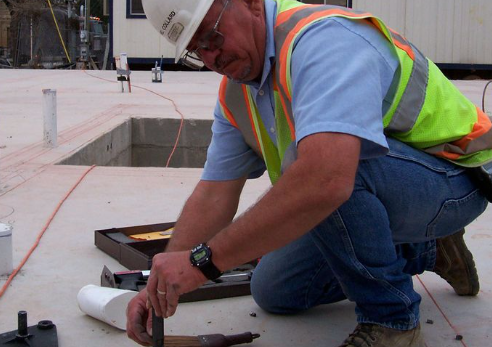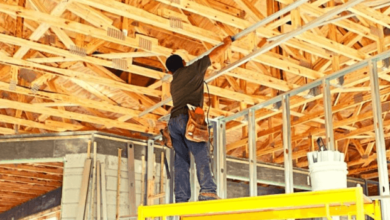What Are the Top Methods Used In Construction Materials Testing

Are you curious about how construction materials are tested to ensure durability and safety? Construction materials testing is essential in ensuring that the buildings we live, work, and play in are safe and sound. This blog post will explore the top methods used in materials testing. You’ll discover how experts ensure that building components meet industry standards, from laboratory methods to field techniques. Whether it’s concrete or steel reinforcement, these tests help identify potential issues before they arise.
Laboratory Methods
Laboratory methods play a vital role in materials testing. These tests are conducted in a controlled environment where the properties of various building components can be evaluated with precision.
One common laboratory method is compressive strength testing, which involves applying pressure to concrete samples until they fail. This test helps determine the load-carrying capacity of concrete and its ability to withstand external forces.
Another critical laboratory method is chemical analysis, which determines the composition and properties of construction materials such as steel reinforcement. Chemical analysis helps identify any impurities or defects that could compromise material performance.
Furthermore, thermal conductivity testing measures how well insulation materials resist heat transfer. This test helps maintain buildings’ desired temperature levels while minimizing energy waste.
Laboratory methods provide accurate data on construction materials’ physical and chemical characteristics. By analyzing these results, experts can determine whether building components meet industry safety and durability standards before being installed in actual structures.
Field Methods
Field methods are another important aspect of construction materials testing. These methods involve on-site testing and evaluating the materials used in a construction project.
One common field method is visual inspection, which involves inspecting the material’s physical properties, such as its color, texture, and consistency. Another method includes non-destructive testing techniques inspection that can help identify any defects or inconsistencies in concrete structures.
Field tests for soil include standard penetration test (SPT), cone penetration test (CPT), and pressure meter tests to determine soil strength and stability.
In addition to these tests, various instruments can be used for measuring factors like moisture content, temperature changes, and other environmental conditions that could affect the performance of building materials over time.
Field methods ensure that construction projects meet safety standards while providing optimal lifetime durability and functionality.
Inspection and Testing
Inspection and testing play a crucial role in ensuring the safety and quality of construction materials. From raw materials to finished products, inspection, and testing are essential to prevent any defects or failures that may cause harm or damage.
One common method used for inspection is a visual examination. This involves inspecting the material with bare eyes or using magnifying glasses to detect surface cracks, corrosion, discoloration, or other visible signs of damage.
Non-destructive testing (NDT) techniques such as ultrasonic testing, radiographic testing, and magnetic particle inspection also help identify subsurface defects without damaging the material. NDT methods provide detailed information on the internal structure of components without altering their properties.
Moreover, destructive tests like compression tests and tensile strength tests are commonly performed on samples of building materials taken from various locations within a project site. These tests evaluate physical characteristics like compressive strength or tension capacity, which helps predict a material’s performance under stress conditions.
Inspection and testing ensure construction materials meet industry standards while minimizing risks associated with structural failure due to defective components.
Conclusion
Here we have told you the top method used in construction materials testing. It also minimizes risks involved with future structural failures, which could lead to damage or injury, saving time and money in the long run.


